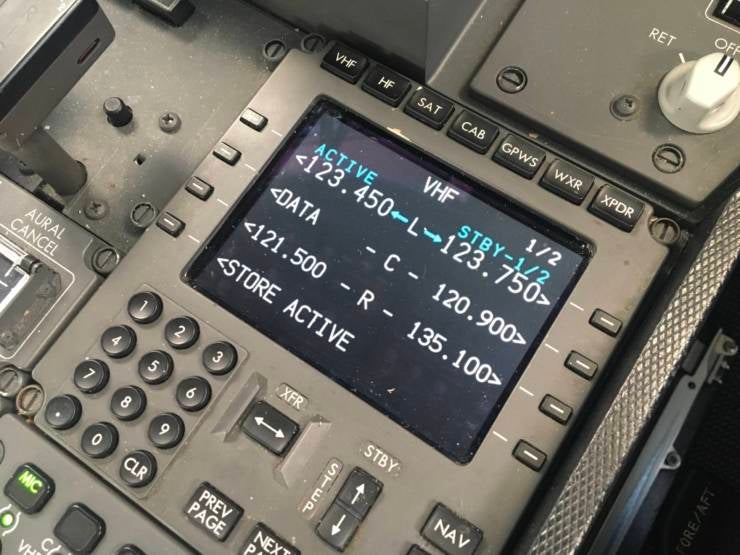
The pilot is not able to execute the instruction given by a controller for safety reasons. Often said by a controller because (s)he's busy at the momentĭisregard what has been said immediately before (as it's erroneous) and replace it with the words that follow.Įxample: Callsign, taxi to holding point runway 22 via N – correction, via A means: Callsign, taxi to holding point runway 22 via A.

This sentence should not be used in case a readback (repetition of the message you heard, for safety reasons) is required. This sentence is often abused it should not be used in case a readback (repetition of the message you heard, for safety reasons) is required. If the new controller does not respond, change to the previous frequency and inform ATC. Pilot: Contact station on frequency, callsignĪ controller asks the pilot to change radio frequency and contact another controller the pilot acknowledges the instruction and then changes frequency.Source: Controller: Callsign, contact station on frequency You can learn more about the FAA’s NextGen programs here. Radio voice communications is still used on Data Comm equipped planes, such as during landings. All new 737s and Airbus deliveries will have the system. Virgin America, part of Alaska Air Group, has 12 of its Airbus aircraft outfitted with Data Comm.
ATC RADIO COMMUNICATIONS UPGRADE
On Alaska’s flights to and from Hawaii, Data Comm also provides air traffic controllers a far more exact level of aircraft position awareness over the Pacific than in the past.Īlaska currently has 85 Data Comm equipped Boeing 737s, with another 40 planes to receive the upgrade by early 2019. Often at congested airports, our aircraft with Data Comm can skip ahead in line for takeoff and depart before other planes that don’t have it.”

Instead of talking with the tower to get preflight clearances, we use the text-messaging system to quickly receive key information,” Peyton said. “We’ve seen some tremendous success with Data Comm. The process not only speeds up communications, it improves safety by reducing the odds of a read-back error while relaying information between pilots and air traffic controllers using a radio.

Pilots can also use a drop-down menu to send a response. Incoming texts can be accepted with the touch of a button. Part of the FAA’s NextGen technology, Data Comm transmits and receives flight plans, preflight clearances, instructions, advisories and other essential messages using a screen on the flight deck. Bret Peyton, who’s leading the Data Comm upgrade for Alaska.ĭata Comm allows pilots and air traffic controllers to communicate prior to takeoff using text messages instead of relying on radio voice communications, which can be time consuming, slow down operations and present a greater likelihood of miscommunication between flight crews and those in the tower. The upgraded technology is credited with enhancing safety and reducing flight delays at airports around the nation during departures. That’s much more modern.Īlaska Airlines partnered with the Federal Aviation Administration (FAA) to implement Data Comm, which is now being used at Sea-Tac International Airport. Pilots confirm they got the information, and press a button to enter the instructions to the aircraft’s flight management system. It’s improved technology that allows air traffic controllers to enter flight departure instructions into a computer and send that information electronically to the flight deck. Due to radio congestion at airports, this can take 10 to 15 minutes (sometimes longer) - all while passengers sit in the cabin waiting to begin their trip. If there’s a misunderstanding, the process must be repeated until it’s correct. Pilots jot down these notes on paper, and then read the instructions back to the air traffic controllers. For decades, air traffic controllers have relied on a system that uses two-way radio to transmit instructions and route changes to planes waiting to take off.


 0 kommentar(er)
0 kommentar(er)
